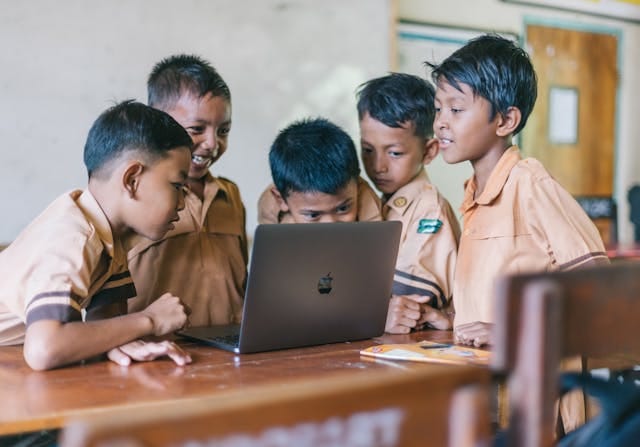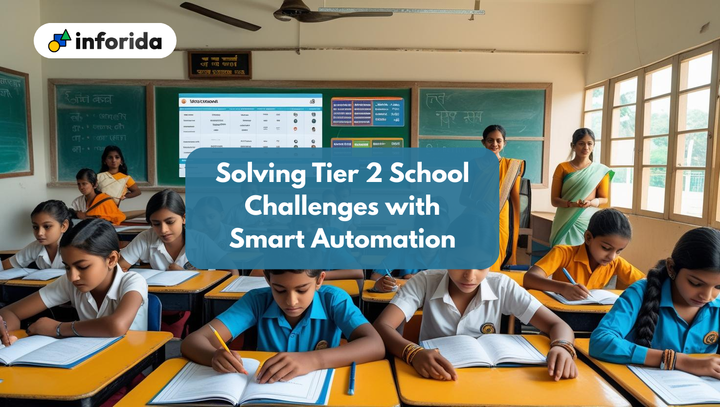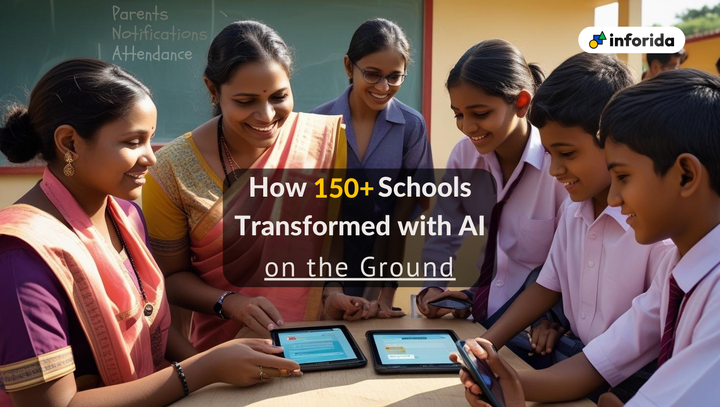Independence Day Special: Leveling the Playing Field in Education
This Independence Day, we explore how technology is helping rural schools close the education gap. From AI-powered tools to real-time parent communication, innovation is giving every student—regardless of location—a fair chance at quality education.

Introduction
Independence Day in India is more than a celebration of freedom—it’s a reminder of the nation’s ongoing journey toward progress and equality. One of the most important frontiers in this journey is educational equity: ensuring every child, no matter where they live or what resources they have, has equal access to quality education.
In rural schools, the barriers to equity are significant. Limited infrastructure, fewer trained teachers, and scarce access to modern learning tools have created a persistent gap between rural and urban classrooms. But technology, when deployed strategically, is proving to be a powerful equalizer.
Understanding the Rural Education Gap
While urban schools often benefit from better funding and resources, rural schools face a different reality:
- Infrastructure limitations – Many rural schools operate with basic classrooms, minimal lab equipment, and limited library access.
- Teacher shortages – A smaller pool of trained educators means larger class sizes and less personalized instruction.
- Restricted access to learning materials – Outdated textbooks and limited internet access can hinder both teaching and learning.
These factors contribute to lower academic outcomes and reduced opportunities for rural students compared to their urban peers.
How Technology Promotes Educational Equity
Modern educational tools are transforming the way rural schools operate and learn:
- Personalized Learning with Orbit AI
Orbit AI adapts quizzes, lesson pacing, and feedback for each student’s individual needs, ensuring that every learner—whether advanced or struggling—gets the right level of support. - Streamlined School Management with Nucleus
Nucleus centralizes admissions, fee collection, attendance, and communication into a single platform. For rural schools with limited administrative staff, this means more time for teaching and less time buried in paperwork. - Safety and Transparency with Goood Morning
Biometric attendance ensures accurate, instant tracking of students and staff. Parents receive real-time updates via WhatsApp, building trust and keeping them engaged in their child’s education.
Real-World Impact Stories
Consider a rural school in Uttar Pradesh that adopted Inforida’s tools. Within months, daily attendance improved by 15%, teachers reported spending 20% more time on instruction, and parents expressed greater satisfaction with communication from the school.
One teacher noted that zero-training setup allowed her to focus on teaching rather than learning a new system, while parents valued the immediate alerts that replaced once-a-week updates.
Challenges and the Path Forward
While the benefits are clear, the journey toward educational equity is not without obstacles:
- Connectivity issues – Internet access in some rural areas remains unreliable, though many solutions are optimized for low-bandwidth environments.
- Digital literacy – Teachers and parents may require guidance to get comfortable with new tools, which is why zero-training, user-friendly platforms are essential.
- Scaling access – Expanding successful pilots into more rural schools will require collaboration between government bodies, NGOs, and private technology providers.
With the right partnerships, these challenges can be addressed, making tech-enabled rural education the norm rather than the exception.
Conclusion
This Independence Day, as we honor India’s freedom, we must also commit to the freedom that comes with opportunity—especially in education. By equipping rural schools with AI-driven learning tools, efficient management systems, and real-time communication channels, we take a significant step toward leveling the playing field for all students.
True independence is achieved when every child, regardless of their location, has the tools and opportunities to reach their full potential.
For more information on educational equity in rural schools, please visit https://inforida.com



